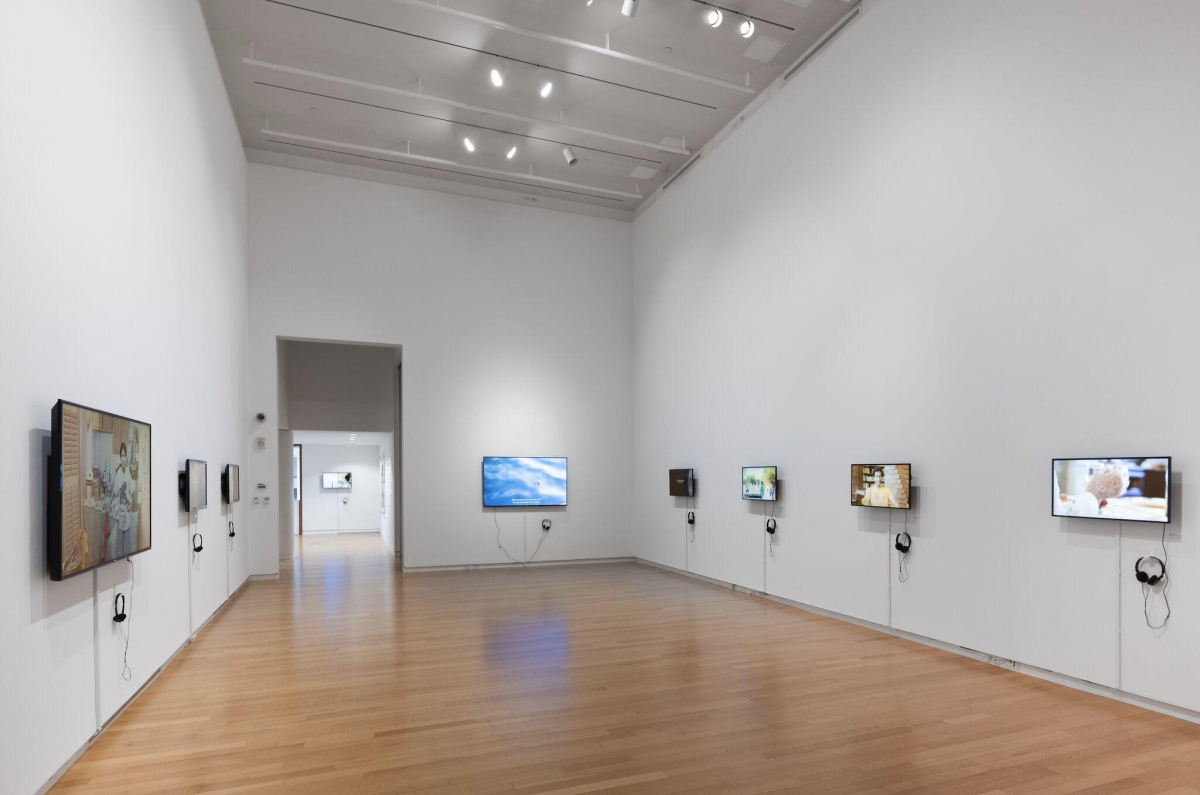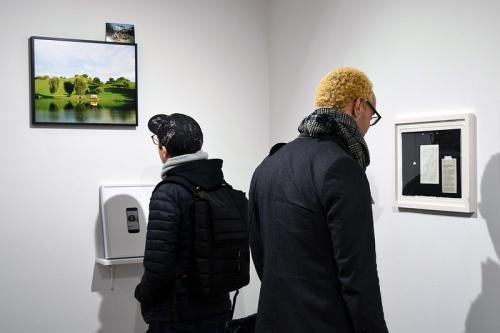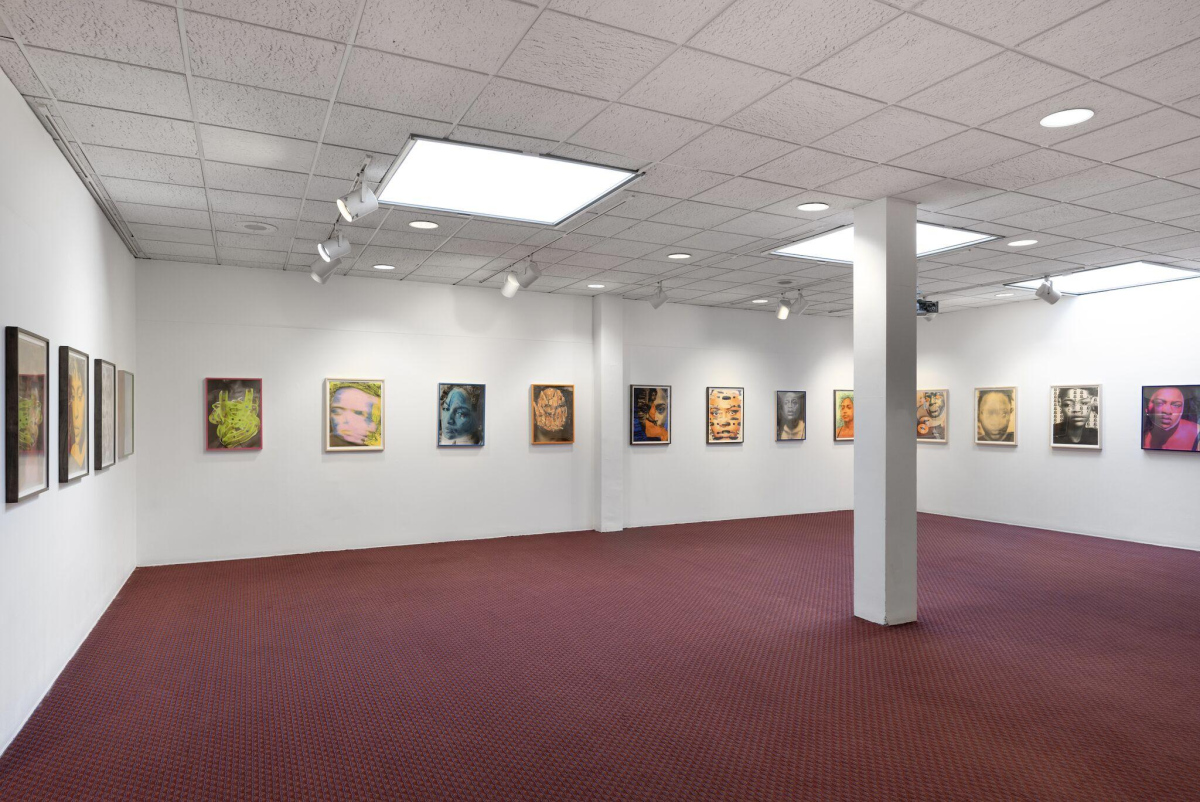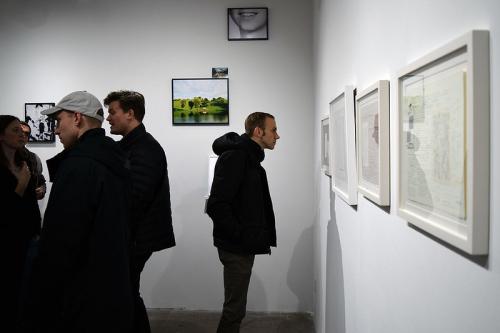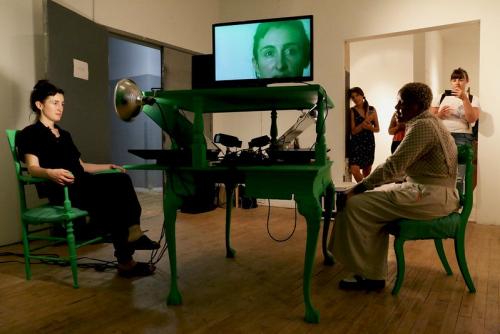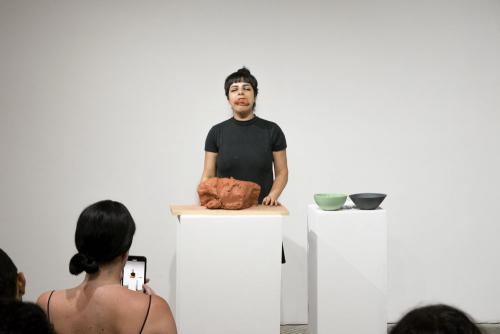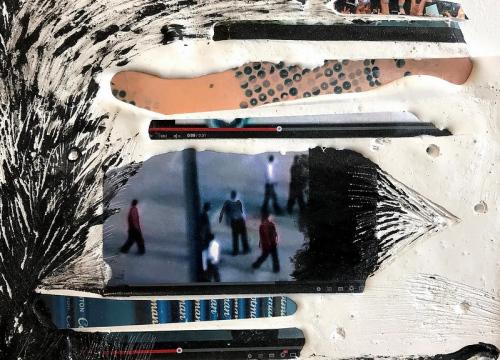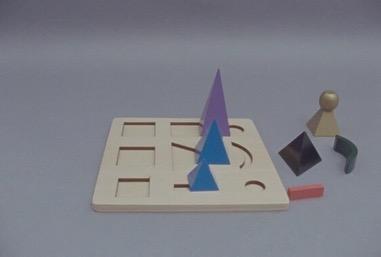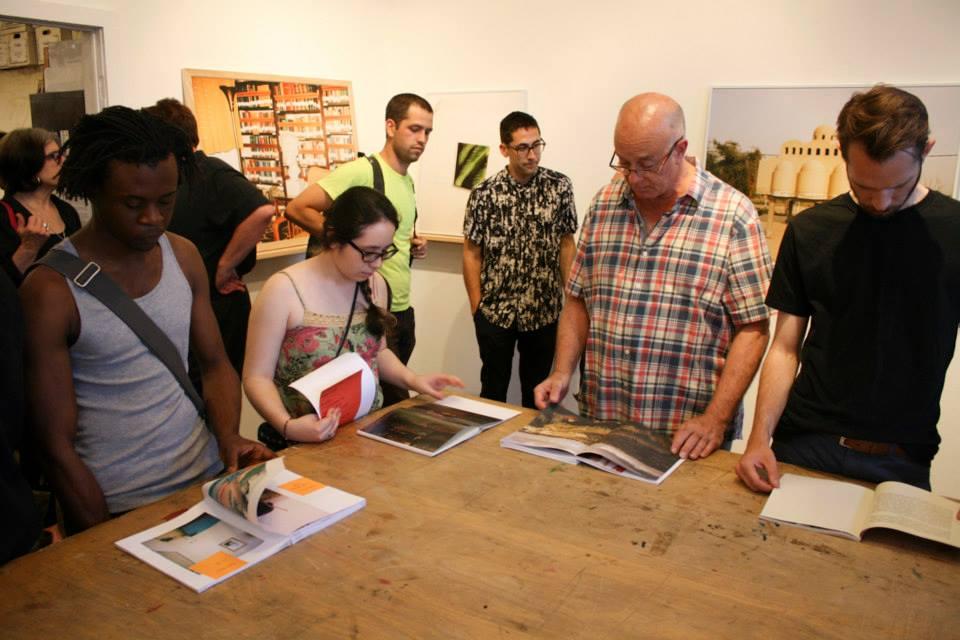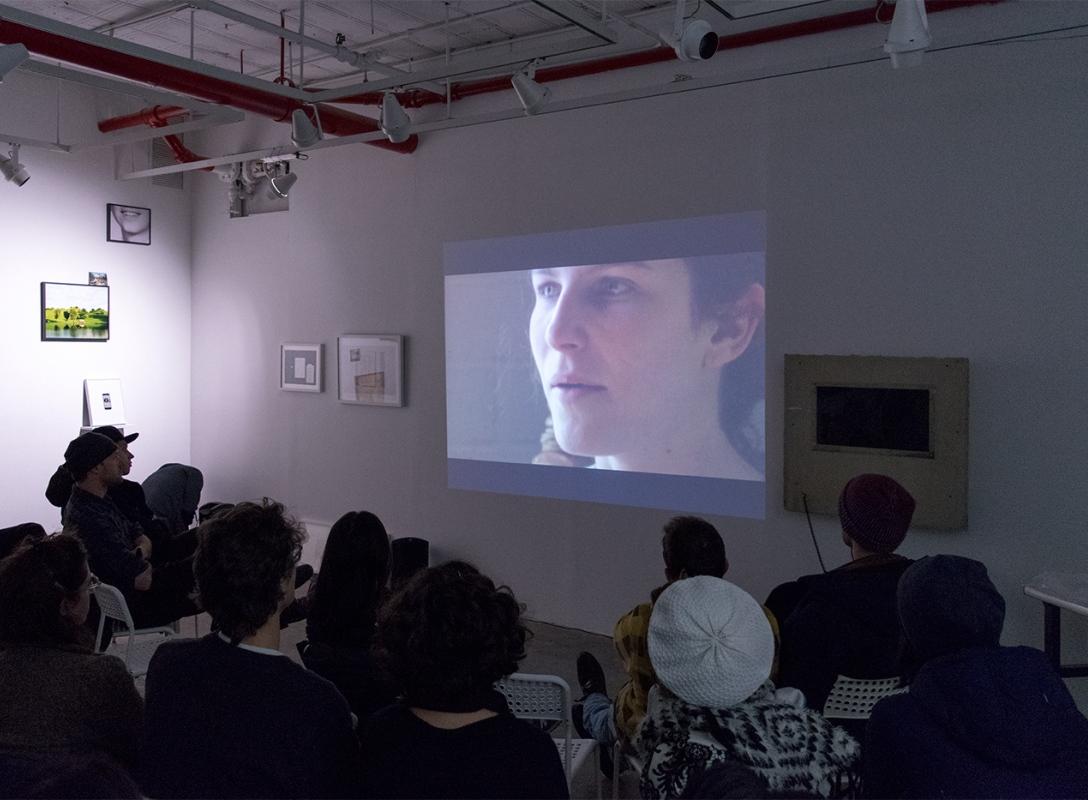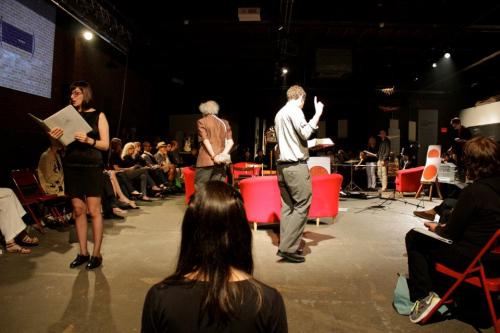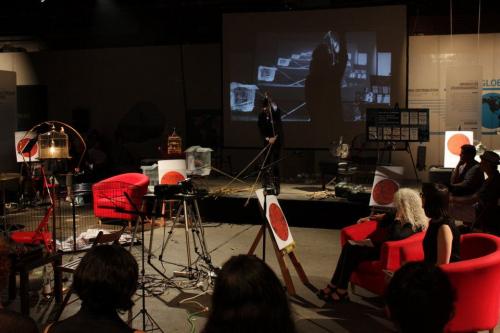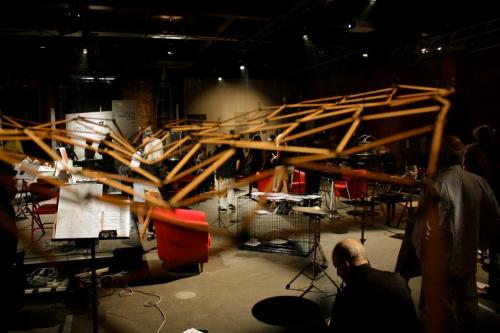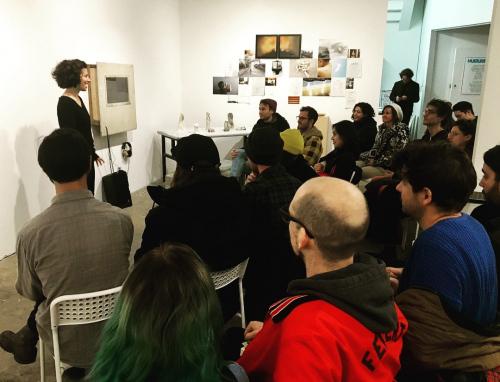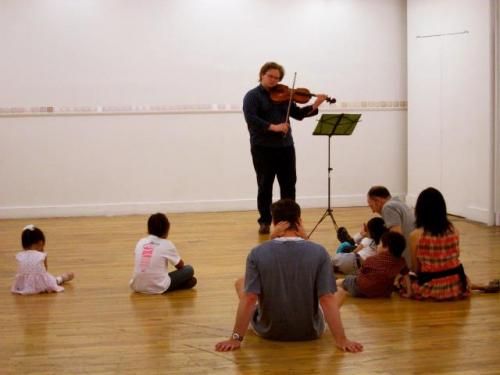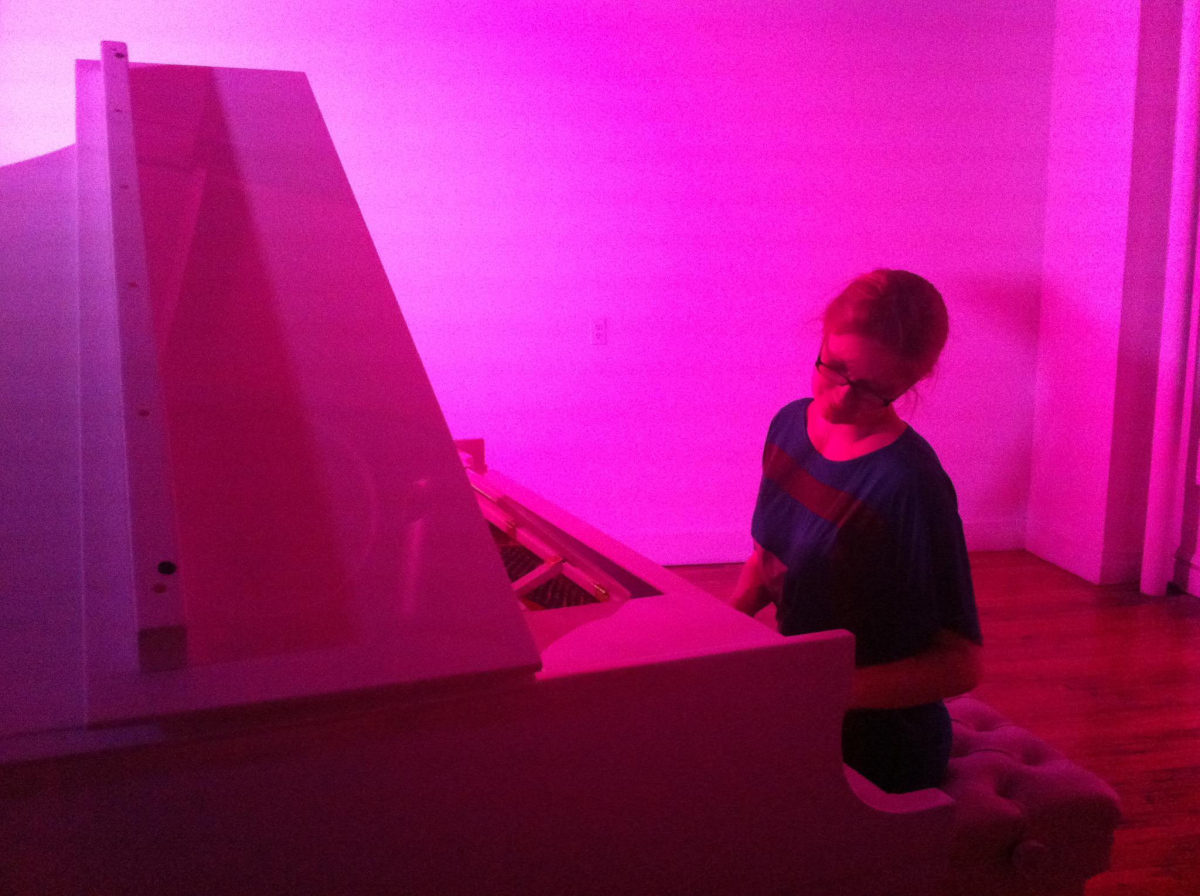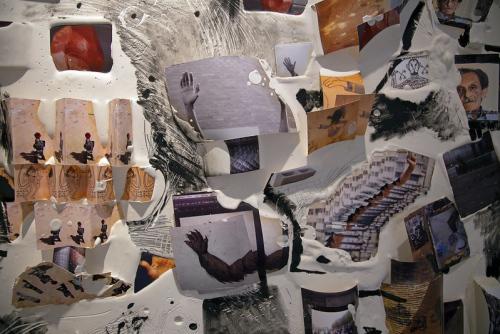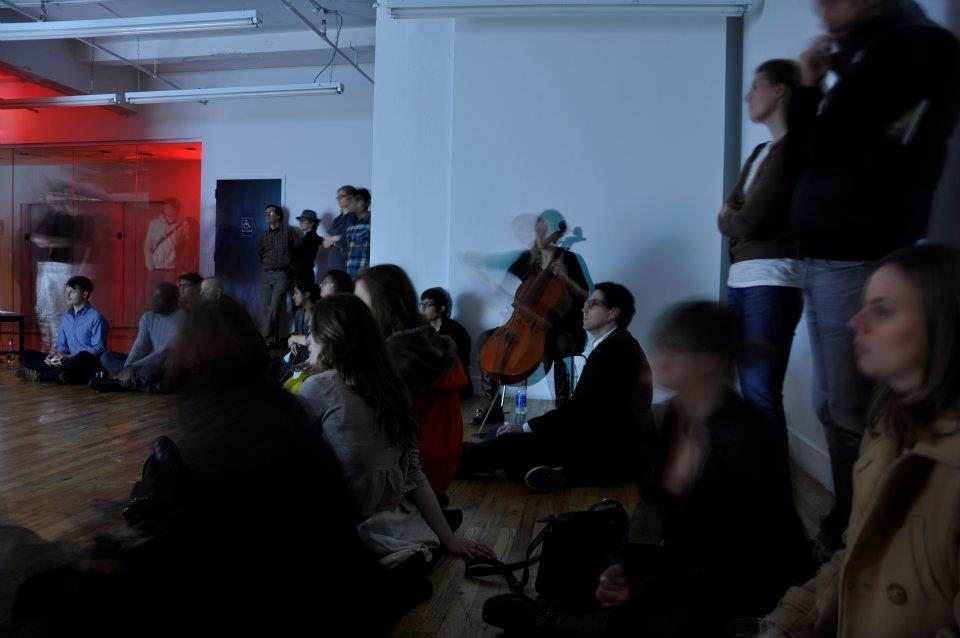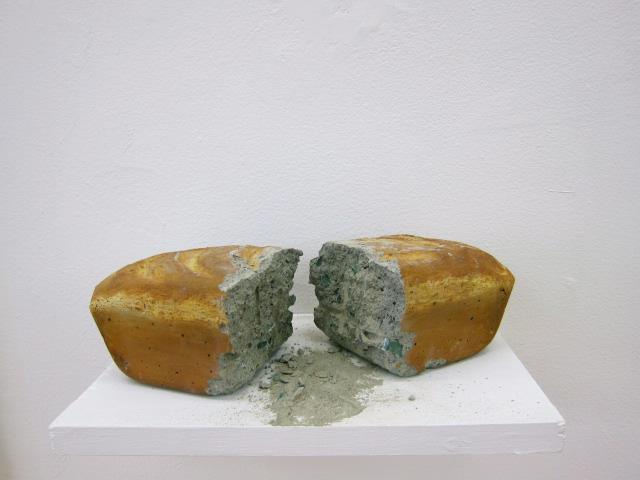-
-
-
-
SELECT PAST CURATORIAL PROJECTS
2024 "Conversations," group exhibition, with Mirna Bamieh, Gabo Cambnitzer, Lux Eterna, Bang Geul Han, Adam Golfer, Kyoung eun Kang, Elizabeth Tannie Lewin ("E. Betsy Lewin"), Ellie Lobovits, Katy McCarthy, Helina Metaferia, Mujero, Sunita Prasad, Rachelle Mozman Solano, Katz Tepper, and Gabriela Vainsencher, Goucher College, Baltimore.
2024 "Portraits (Contact)," Rebecca Marimutu, exhibition and artist book, Goucher College, Baltimore
2024 "Earth Bound," Christopher Lin, exhibition, Goucher College, Baltimore
2023 "In the Dark: An Exploration of Chronic Illness," DanaidX, exhibition and artist book, Goucher College, Baltiimore
2019 "Vocabulary," group exhibition, SOHO20, Brooklyn, NY.
2019 “Zalika Azim: Totems,” exhibition, SOHO20 +/- Project Space, Brooklyn, NY.
2019 “Cansu Korkmaz: Quite a While,” exhibition, SOHO20 +/- Project Space, Brooklyn, NY.
2019 “Talking Objects,” performances, screenings: Yto Barrada, Keren Benbenisty, Shahrzad Changalvaee, LuLu Meng, co-curated w/ Mira Dayal, NURTUREart, Brooklyn, NY.
2019 "Solidarity and Feminism," series of 5 events by SOHO20 Curatorial Fellow, curated by Mira Dayal, under my direction.
2019 “Romily Alice Walden: My Body Is The House That I Live In,” exhibition, SOHO20 +/- Project Space, Brooklyn, NY.
2019 “Moko Fukuyama: Untitled (Diorama),” exhibition, SOHO20 +/- Project Space, Brooklyn, NY.
2019 “Bonam Kim: Objective Tracings,” exhibition, SOHO20 Gallery, Brooklyn, NY,
2018 “Emily Oliveira: Everything Louder Than Everything Else,” exhibition, SOHO20 +/- Project Space, Brooklyn, NY.
2018 “Katy McCarthy: (P)residency,” exhibition and residency lab, SOHO20 Gallery.
2018 “Roopa Vasudevan: Editor’s Notes,” exhibition and residency lab, SOHO20 Gallery.
2018 “Shahrzad Changalvaee: The Understandables Always Arrive From Far Away,” exhibition, SOHO20 +/- Project Space, Brooklyn, NY
2017 “Relative Material,” eight-person group exhibition, NURTUREart, Brooklyn, NY.
2017 “An Afternoon of Performances and Readings,” programming, NURTUREart, Brooklyn, NY.
2017 “Elective Affinities: A Library,” curators Jocelyn Spaar + Sarah Watson, curatorial project in exhibition, 205 Hudson Gallery, NY.
2017 “Golnar Adili: perhaps all the sky cannot contain this darkness of the heart,” Booklyn, exhibition, NY.
2016 Workshop with Golnar Adili, Booklyn, exhibition, Greenpoint, NY.
2016 “Alternative Art School Fair #1,” Pioneer Works, collaborative curatorial project and art fair, Brooklyn, NY.
2016 "A House Without a Roof," Adam Golfer, trilingual book, Booklyn Press, released at New York Art Book Fair.
2016 “Jesse Chun: Valid From Until,” exhibition, Booklyn, Greenpoint, NY.
2016 "Shared Location (Family Portraits),” Abelardo Cruz Santiago, exhibition, Booklyn, Greenpoint, NY.
2016 “Jogging Comfortably,” Eric Ramos Guerrero + Abelardo Cruz Santiago, outdoor performance, Brooklyn, NY.
2016 “Hard to Place: Qiana Mestrich,” exhibition, Booklyn, Greenpoint, NY.
2016 “Domestic Obscura,” workshop with Liz Sales, Booklyn, Brooklyn, NY.
2016 “Up Against the Wall,” group exhibition, with Aaron Hughes, Booklyn, Greenpoint, NY.
2016 “An Evening of Poetry + Beat Nite,” Booklyn, programming, with Jesse Chun, Booklyn, Greenpoint, NY.
2015 “ARE Anhoek Record Examination,” Mary Walling Blackburn, performative workshop, Sunview Lunchntte, NY.
2015 “A House Without a Roof,” Adam Golfer, exhibition book, Booklyn, Greenpoint, NY.
2015 “Strange Labor: Sara Shaoul,” Booklyn, exhibition + zine, Booklyn, Greenpoint, NY.
2015 “Cottage Industry: Mary Walling Blackburn, Rafael Kelman,” exhibition, zine, Booklyn, Greenpoint, NY.
2013 “Constructed Images,” 12-person group exhibition, 205 Hudson St., New York.
2012 Reverse, Collaborative Performance, NY Center for Art + Media Studies, NY.
2012 Light/Up, 20-person exhibition, w83 Cultural Center, NY.
2012 ON SILENCE, 25-person interdisciplinary performance, Chelsea Music Festival, Rubin Museum.
2012 OPEN CAGE: NY, 75-person interdisciplinary performance, Morgan O’Hara, Chelsea Music Festival, Eyebeam, NY.
2012 [ON SILENCE], Chelsea Music Festival, 25-person group exhibition, NYCAMS Gallery, New York, June.
